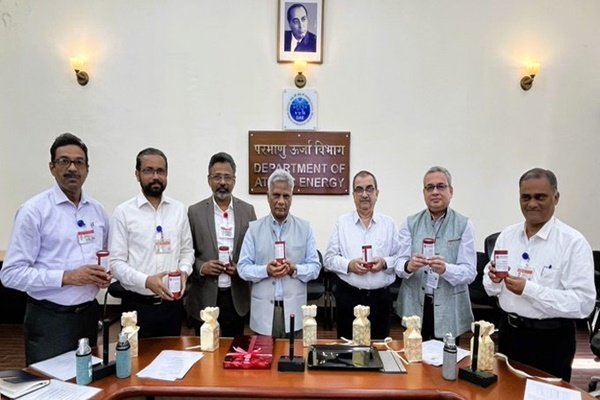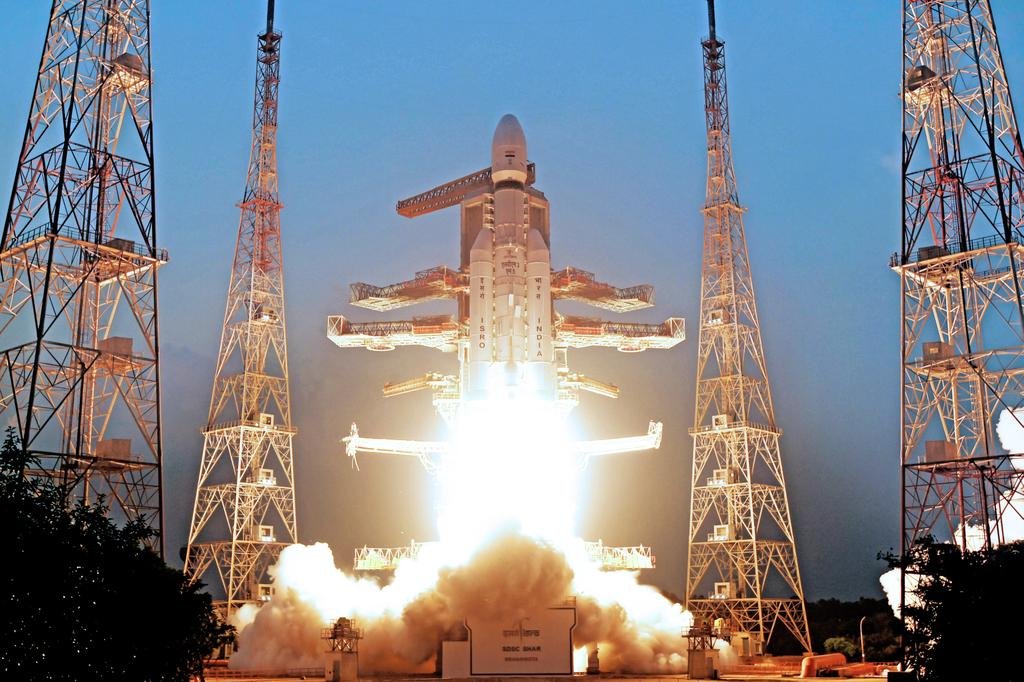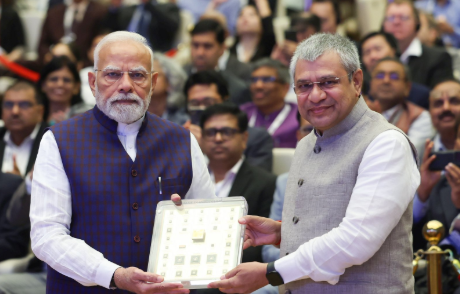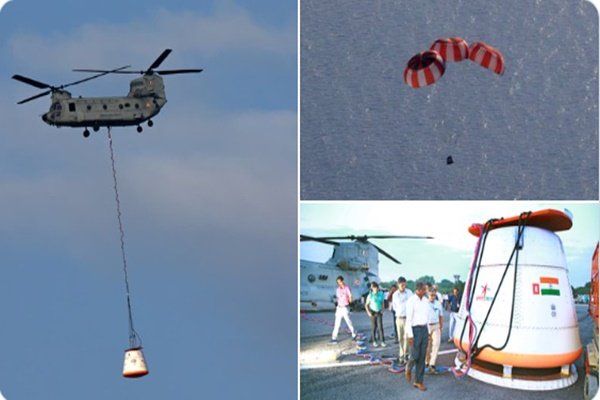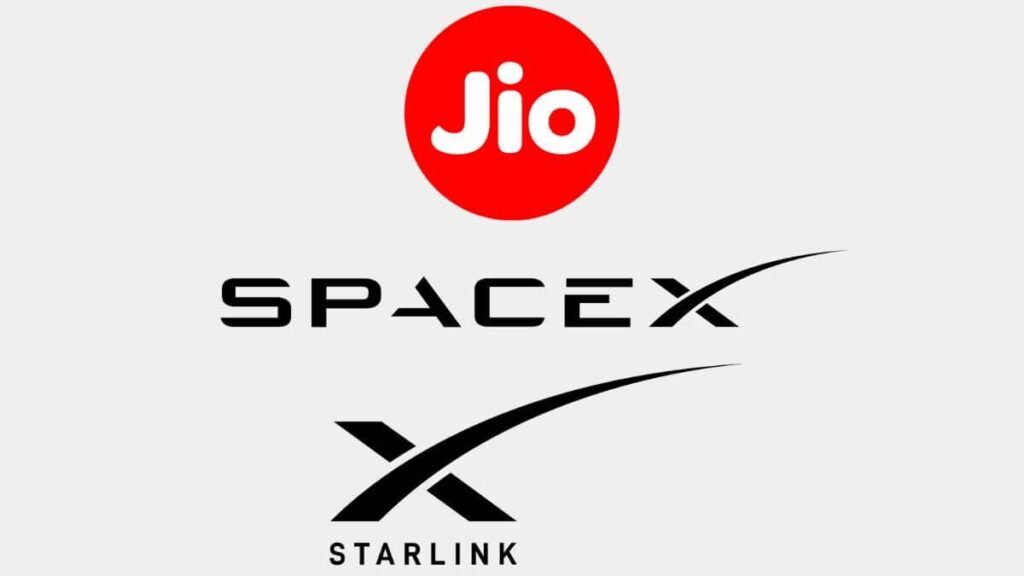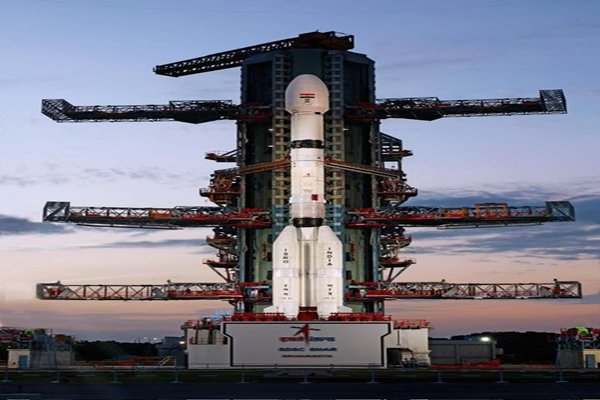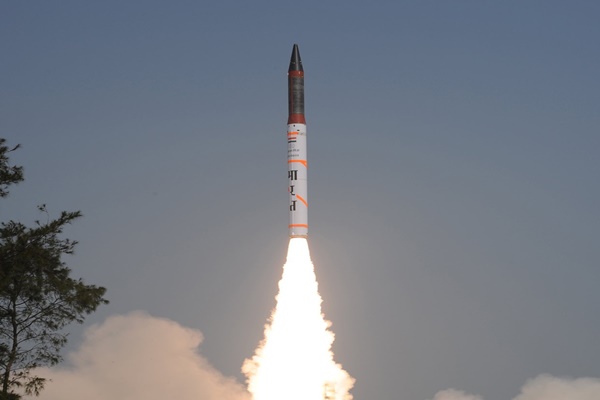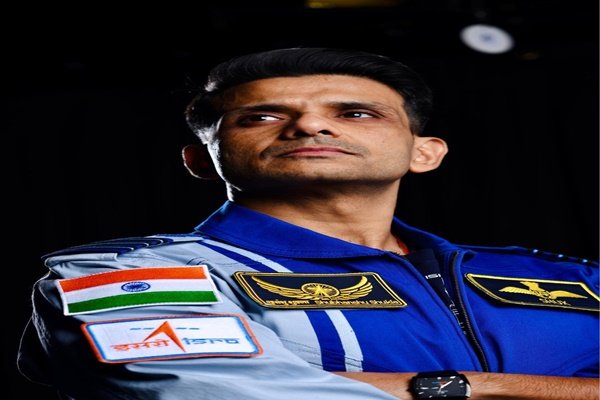DoT Issues New SIM-Binding Rules to Prevent Misuse of Messaging Apps
The Department of Telecommunications (DoT) has issued new security guidelines for major app-based communication platforms such as WhatsApp, Telegram, Snapchat, Signal, ShareChat, Josh, Arattai, and JioChat.
These directions aim to stop the misuse of telecom identifiers and strengthen security in India’s digital communication ecosystem.
Under the new rules:
- Apps must remain continuously linked to the active SIM card in the user’s device.
➤ This will prevent users from operating these apps after the SIM is removed, deactivated, or used abroad. - Web versions of these services must automatically log out periodically, requiring QR code verification for re-login.
- Platforms using Indian mobile numbers for user identification must comply with the rules within 90 days and submit a compliance report within 120 days.
The Ministry stated that these measures are necessary to prevent cybercrimes such as anonymous scams, digital arrest frauds, and fake government calls, which are often conducted from overseas using Indian numbers.
With cyber-fraud losses exceeding ₹22,800 crore last year, the government said these mandatory SIM-binding rules will ensure traceability, enhance security, and protect public trust under the Telecom Cyber Security Rules.

